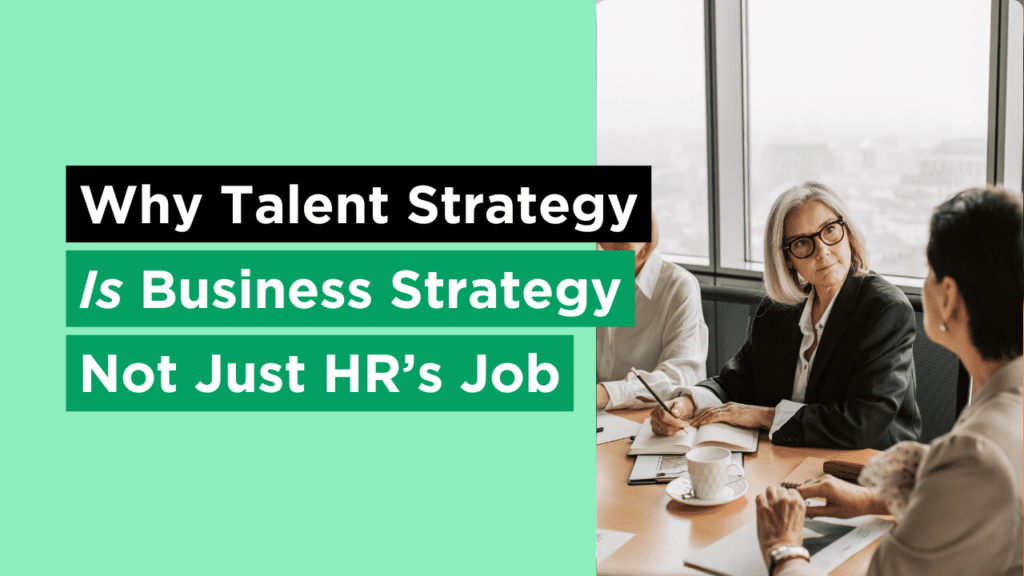To be the first to hear about our latest blogs, whitepaper releases, hiring enablement podcast episodes and get exclusive event invites, join our Exclusive Hiring Enablement Community.
“My current employment have offered me more money if I stay here”.
Are those the scariest words in the English language? If you’re a recruiter — yes!
Counter-offers are scarily common right now. Everyone needs good employees but no one wants to lose them. You’ll all have heard the stories about lay-offs across tech in particular, but that’s not the reality for plenty of industries.
Many of you are still desperate to find great people and engaging talent is still hard, so no one wants to lose their star performers.
When employees tell their line manager they’ve been offered a new position, many (if not most) come back with a counteroffer. More money, better benefits, flexible working, more progression – whatever they can to keep their MVP.

So what can you do to counteract counter-offers?
1. Discuss it at the start of the hiring process
If you’re getting to the end of a hiring and being blindsided by a counter-offer, it’s likely you’ve already left it too late.
Counteroffers are too common right now to ignore and burying your head in the sand about their existence isn’t going to help. Instead, make it a point to discuss the phenomenon of counteroffers with potential candidates and let them know there’s a chance this will happen to them.
2. Find out why they’re leaving
There’s usually a particular reason why a candidate is looking for a new position. It could be that they feel underpaid, or there’s no real progression route for them. It could be personal reasons like flexible working, or a clash of personalities in their role.
Whatever it is, there’s a reason the company they’re at isn’t serving their needs. And if you find that out at the beginning, you can tailor your offering to ensure you get the candidate you want.
Stop Wasting Time
This also saves you from wasting time. If the candidate is leaving because of salary and you’re not offering more than they’re on, you have a decision to make: either negotiate for higher wages if they become the ideal candidate – or drop them from the hiring process.
Whether you’re working with an external recruiter, or using your own team, carrying on a process with someone you won’t be able to hire wastes both time and money.
Getting Everyone Onboard
If you are going to negotiate for a higher salary, knowing this at this point means you can better align your own team’s expectations. The earlier you do this, the better chance you have of getting the best hire.
For reasons like progression, you have more of a chance of showcasing your progression routes throughout the process, making them more sure in their decision at the end.
Confident in their decision = less likely to be swayed by a counteroffer.
3. Engage continually
At a recent HR and TA forum, candidate engagement came up time and again as an issue like it always has been. This time, more pressing. 33% of attendees said it was currently their biggest hiring challenges, and 77% of the leaders interviewed mentioned it is a major concern going forward.
Don’t Let Distance Creep In
Never leave a gap and lose touch with your candidate. Chances are that your top talent candidate is either already happy and contented with the company they’re in or is also already engaged in multiple hiring processes. One lost stage and your candidate can get swooped up on a really good counteroffer. So think outside the box, make yourself stand out. That extra touch point might just be the cherry on top.
4. Let them meet your team
In a survey by Glassdoor, 77% said they would definitely consider a company’s culture before applying for a position. What better way to get to know a company than to hear from its people. Employees are mirrors of a company’s culture and values.
Let your candidate be familiar with those who make up the team. Let them ask questions, start conversations, exchange thoughts – make them comfortable with the people they’ll be working with should they decide to push through.
This is also one way to build their trust and confidence not only in you but in the team and company as a whole.

5. Provide counteroffer coaching
Guide your candidate to determine and focus on the reasons why they are looking for a new opportunity. Companies are fighting to retain top talent. They will do what it takes to keep them, thus counteroffers.
To a candidate who already has reasons in mind why they are leaving, counteroffers can be overwhelming. This can get your candidate confused – they are now offered a solution to the very reason why they’re leaving.
Step In As A Coach
And that’s where you step in to guide and coach. A visualization is helpful. Do a roleplay. Present to your candidate examples of what their manager would ask them upon knowing that they’re leaving – “Why are you leaving?” “Is there anything we can do to change your mind?”.
Your candidate’s answers to these questions will tell the manager their pain points. Thus, helping them build a tactical and strong counteroffer. Guiding them through this will help prepare them for the situation, avoiding getting caught off-guard.
Inspire The Candidate
This would make them feel confident and centered on the main reason why they are looking for new opportunities in the first place. If they were valued, why weren’t they offered these “new benefits” before they decided to leave?
Even if they decide to go back to their role, these changes won’t happen overnight. Add in the fact that the resignation may have tainted the relationship and burned bridges.
6. Have a comprehensive induction plan
Truth be told, entering an unfamiliar place can be nerve-wracking. So, it’s important that your new professional feels welcomed into the team and the company. This is where a comprehensive induction plan comes in place.
For the candidate and soon to be a new employee, this helps them get accustomed to a role – performance, goals, objectives, expectations, culture, and a lot more. A comprehensive induction plan helps them feel visible, supported, and confident.
Comprehensive induction plans give you the confidence that your new employee is guided by and has everything needed, avoiding any future conflicts and issues as they settle in. This means a reduced risk of rehire – saves you time, effort, and money.
All these secure a loyal, satisfied, productive, engaged employee. It’s a win-win situation.
7. Have a back-up
It doesn’t hurt to always have a back-up.
You’ve done the best you can, the decision now entirely lies in the hands of your candidate. But it’s easy and convenient to sit back at this point and go with the person you believe is number one.
Everything begins smoothly and positively. But a lot of time and effort later, the candidate received a counteroffer they just can’t refuse. And they drop the process.
Back At The Start
Here you are now, back to square one. What if you’re hiring for a key role? We all well know, the longer a key role is open, the harder the setbacks are. Nobody wants that.
It’s good to be confident on your candidate but it’s better to always be prepared to have a reserved candidate who would willingly take the place in case the first one backs out. But of course, candidates are not like dispensable objects. Always be transparent and considerate.

Top talents sure are worth keeping and fighting for. Counteroffers are valid and reasonable. But as recruiters in this competitive market, you also can’t afford to lose. We’re not just talking about money but also time, effort, resources, and most importantly, growth.
Just as what medical professionals would say, “Prevention is better than cure”.
If you want to partner up with a recruitment partner who’s prepared to get you the right hire, first time, every time despite counteroffers, our team is always ready to have a chat and discuss how we can collaborate.






